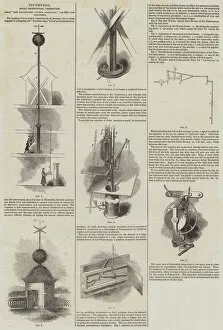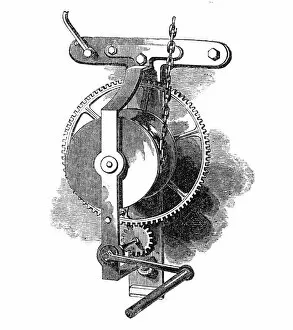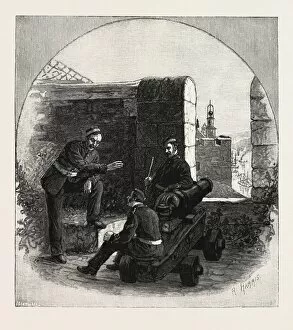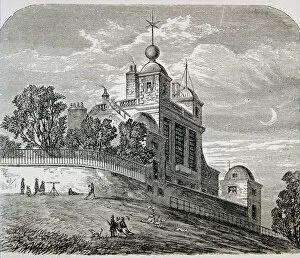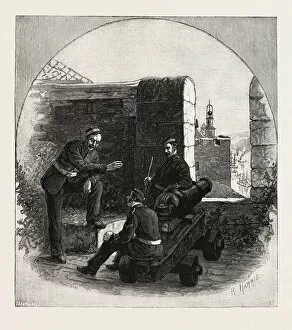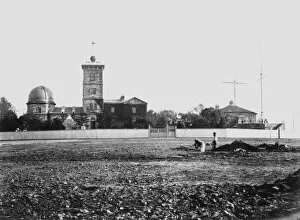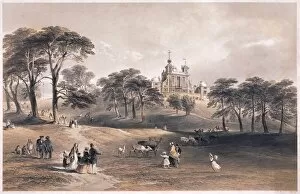Time Ball Collection
"The Time Ball: A Historic Symbol of Precision and Synchronization" The Time Ball, located at the Royal Observatory in Greenwich
All Professionally Made to Order for Quick Shipping
"The Time Ball: A Historic Symbol of Precision and Synchronization" The Time Ball, located at the Royal Observatory in Greenwich, has long been an iconic symbol of timekeeping and precision. This engraving from the 19th century showcases its significance in regulating time. In the first engraving, titled "Regulation of Time by the Electric Telegraph, " we see how this innovative technology was used to synchronize clocks across different locations. The Time Ball played a crucial role in this process, acting as a visual indicator for people to set their watches accurately. Figures 1 through 7 depict various views of The Time Ball at the Royal Observatory between 1844 and 1846. Created by unknown artists, these engravings capture the grandeur and importance attached to this unique timekeeping mechanism. As we delve into history further, another engraving captures a similar concept but from Canada's Princes Bastion. This nineteenth-century depiction shows a Time-Ball being dropped to mark precise moments throughout the day. It highlights how such time balls were not limited to one location but had global significance. Moving on from Greenwich's famous observatory, we encounter Sydney Observatory - another site where a Time Ball served as an essential tool for accurate timekeeping. Although not depicted here directly, it reminds us that these magnificent structures existed worldwide. These engravings provide glimpses into an era when synchronized time became increasingly important for navigation, trade, and communication purposes. The presence of these remarkable symbols like The Time Ball ensured that people could rely on consistent timing across vast distances. Today, while modern technology has replaced many traditional methods of keeping time precisely, it is worth appreciating how significant landmarks like The they have shaped our understanding of punctuality and synchronization over centuries.




